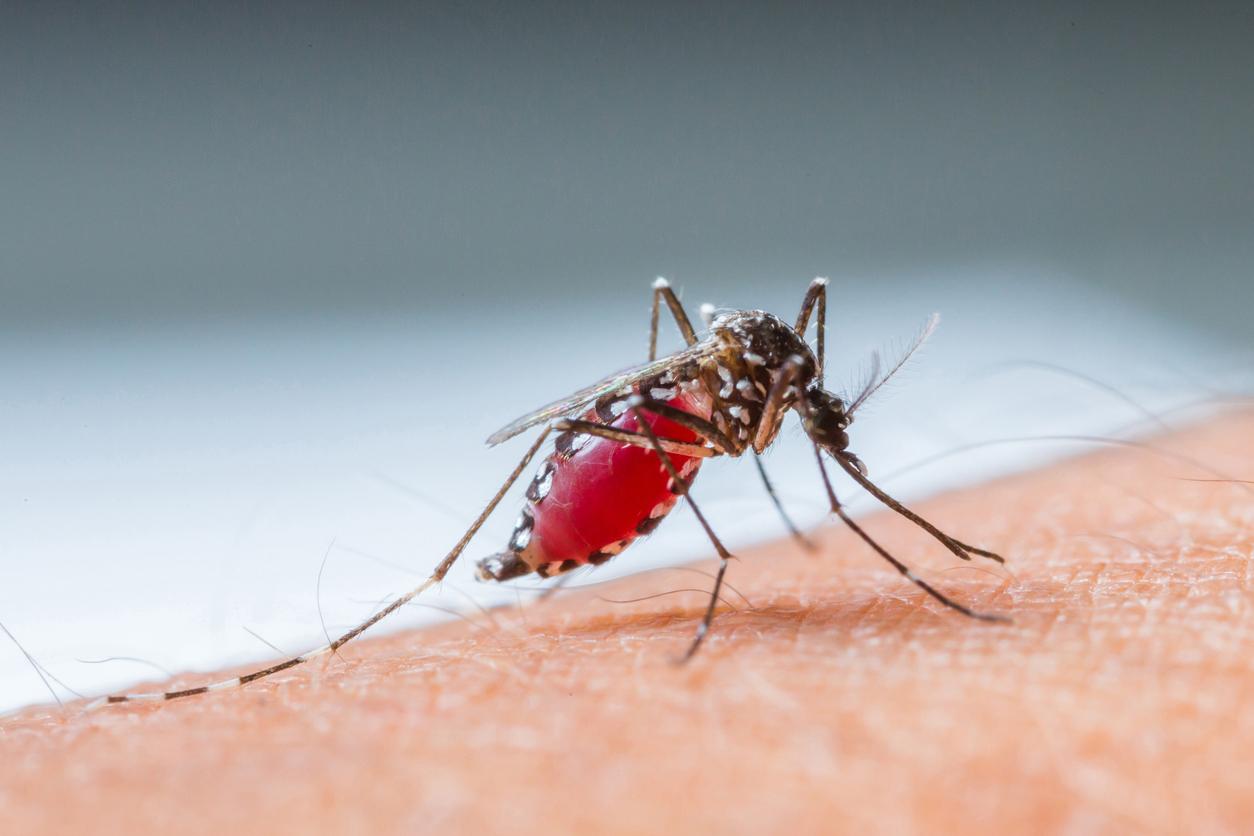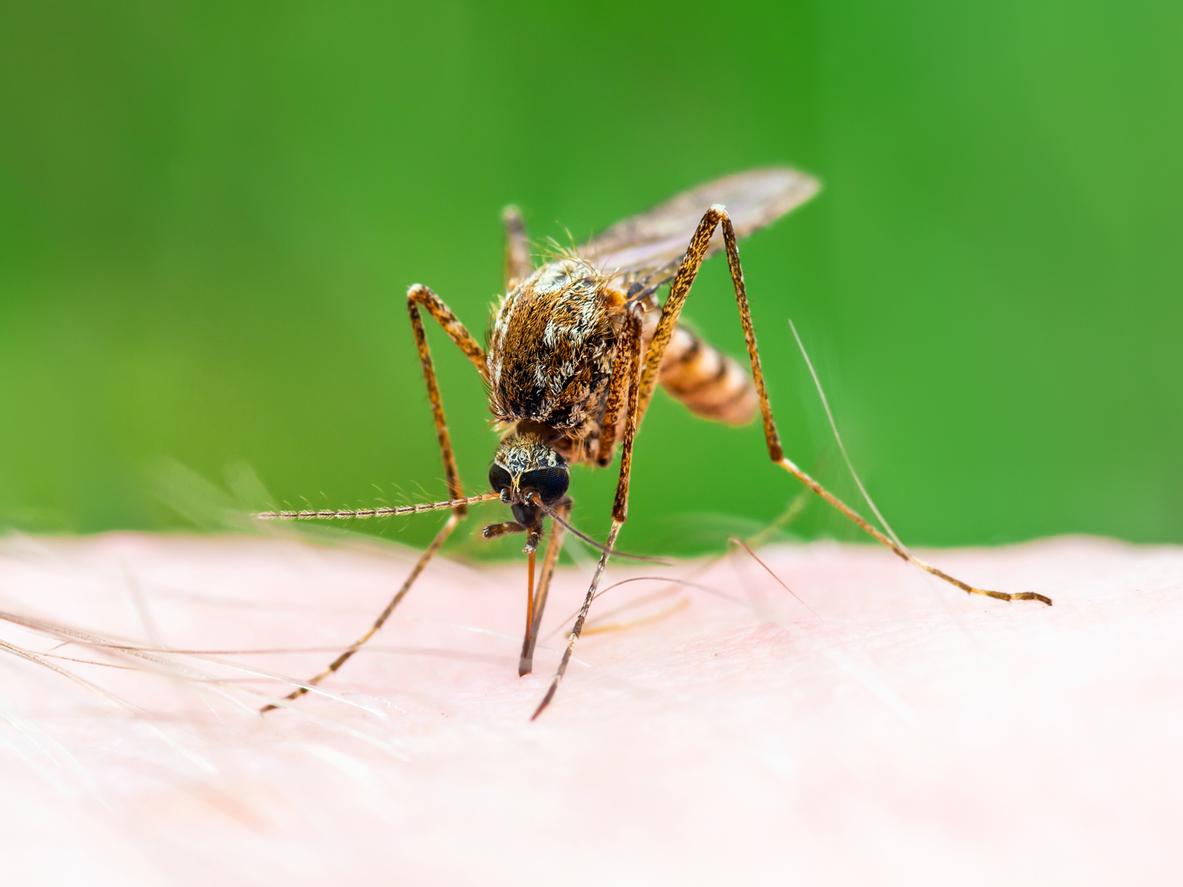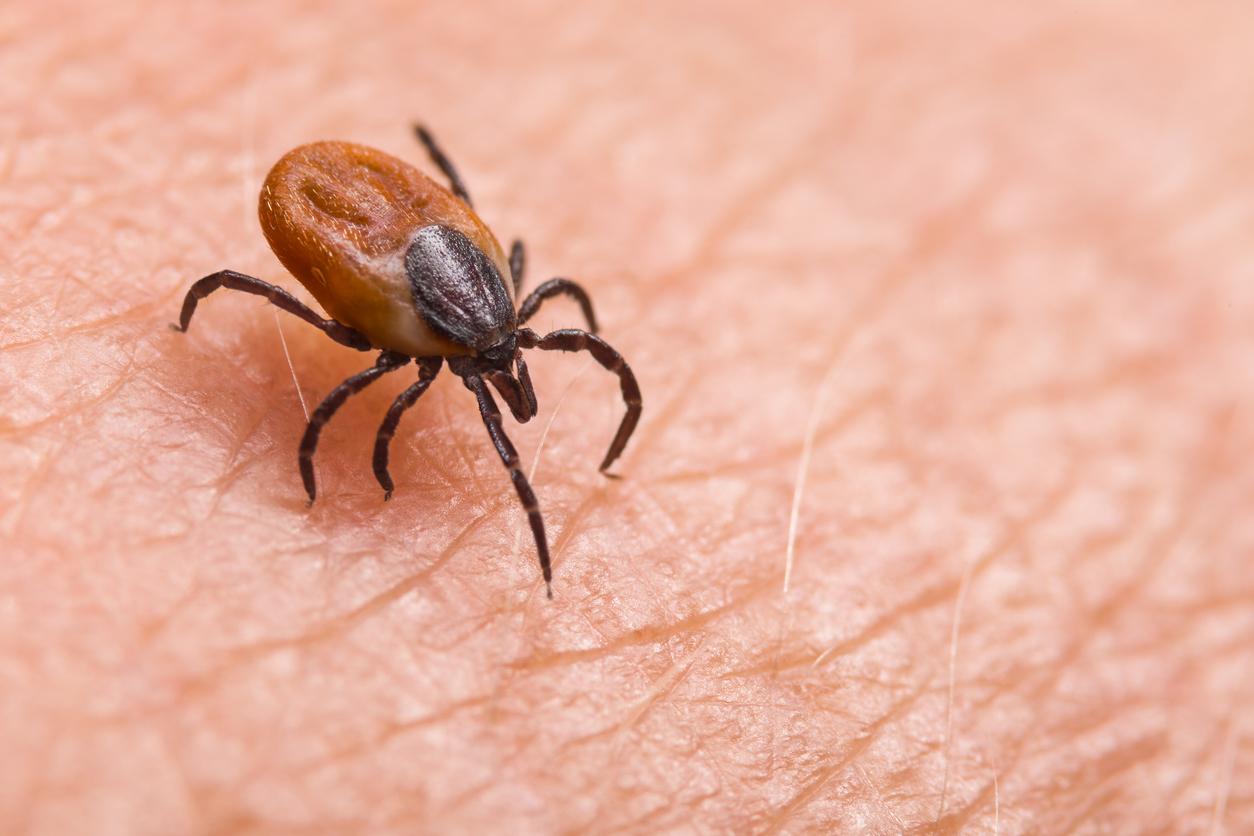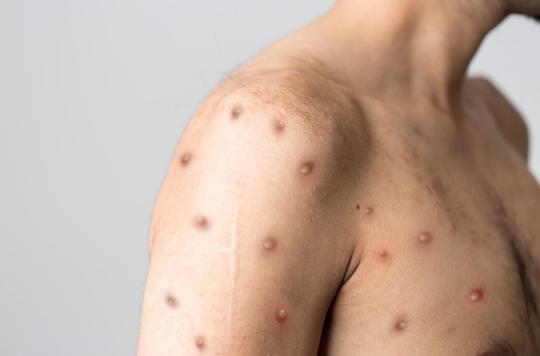
Brain (membrane) inflammation after tick bite
After a walk in the green, you should carefully check your skin for ticks. Because of the risk of Lyme disease, but also because ticks can transmit another virus: the tick-borne encephalitis virus. This virus causes tick-borne encephalitis. Infection is rare, but can have serious consequences.
Tick-borne encephalitis is an inflammation of the brain (membrane) caused by a virus that can transmit ticks. That virus is called the ‘tick-borne encephalitis’ virus, abbreviated TBEV.
Previously, this virus only occurred abroad, but in July 2016 the first Dutch patient was diagnosed with tick-borne encephalitis.
The condition is known by various names, depending on the type of virus, the region and the period in which it occurs, namely Fruhsommer meningoenzephalitis (FSME), Russian spring-summer encephalitis (RSSE), Central European encephalitis (CEE), Far-Eastern Russian encephalitis, taiga encephalitis, biundulating meningoencephalitis, diphasic milk fever, Kumlinge disease and Schneider’s disease.
Cause of tick-borne encephalitis
You can contract tick encephalitis if you are bitten by a tick that is infected with the TBE virus. In the Netherlands, ticks infected with TBE have so far only been found on the Sallandse Heuvelrug and Utrechtse Heuvelrug. Because of the small number of ticks with this virus, the risk of getting tick-borne encephalitis is very small.
You can also get tick-borne encephalitis from drinking contaminated raw milk and eating contaminated raw milk cheese. In infected cows, sheep and goats, the virus ends up in their milk. However, contamination via milk or cheese is very rare.
The virus is not transferable from person to person.
Symptoms
Most people with the TBE virus do not notice it or have mild complaints. In people who do become ill, the complaints usually progress in two phases. The first phase lasts two to seven days and consists of flu-like symptoms, such as fever, fatigue, muscle and joint pain and nausea. This is followed by a week without complaints, but then the second phase begins.
In the second phase, inflammation can develop in the brain, meninges and spinal cord. This gives rise to various complaints, such as:
- severe headache
- a reduced consciousness
- to be sleepy
- different behavior
- amnesia
- paralysis, often of the arms and trunk
- can’t stand light well
- nausea
- dizziness
Diagnosis
If you have been bitten by a tick, have been in an area where ticks with the TBE virus are present and you develop symptoms that are consistent with tick encephalitis, a blood test can be done. They check in a laboratory whether there are antibodies against the virus in your blood.
Therapy
There is no medication for tick-borne encephalitis, only the symptoms of the disease can be treated. Patients entering the second phase have to go to the hospital.
Most people make a full recovery. Some develop neurological sequelae. Less than 2 percent of patients with these serious complaints die from tick-borne encephalitis.
Prevent tick-borne encephalitis
Although the risk of tick encephalitis is very small, it is best to try to prevent a tick bite. Also in view of Lyme disease, which is more common. Wear protective clothing and apply a product containing DEET to your bare skin.
Check your skin for ticks if you’ve been out in the green. If you have been bitten by a tick, remove it properly as soon as possible.
If you go to an area where there are a lot of ticks that carry the TBE virus, you can get vaccinated against tick encephalitis. Whether vaccination makes sense depends on the length of your stay and your activities there. Through the National Coordination Center for Traveler Advice you can find a doctor who can advise you on this. Vaccination is not necessary in the Netherlands.
When to go to the doctor?
Do you get a severe headache and fever in the weeks after a tick bite? Then go to your doctor and let them know that you have been bitten by a tick.
To prevent Lyme disease, it is also wise to go to the doctor with a tick that you cannot remove yourself or a tick that has probably been on your skin for 24 hours. A red ring or spot around the bite, fever, flu or joint pain can also indicate Lyme.















